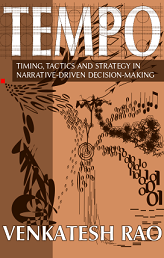Saturday Morning Breakfast Cereal had a comic recently explaining the argument against evolution based on the 2nd law of thermodynamics: “Life on Earth can’t get more complex because that would require energy, and the sun doesn’t exist.” The understanding of entropy is there, but conspicuously missing is the distinction between open and closed systems and the fact that increased entropy in the system does not preclude localized negentropic environments, such as those on Earth sustaining life.
This specific failure mode for thinking I call the Spherical Cow fallacy, after the classic physics joke. [Read more…]





